(Use VTOL for the bomb bay, Trim+group1 for the flaps, and group 7 for the machine gun placed on top.)
Design and Development :
In March 1933, the Z-Army Air Corps issued a specification for a twin-engined medium bomber with a maximum speed of 350 mph (560 km/h), a range of 3,000 mi (4,800 km) and a bomb load of 1610 kg. On 5 July 1931, Brumix Industries submitted its design, produced by a team led by Peyton M. Stensten, to meet the requirement, the Brumix Model 90. Stentsen's design was evaluated as superior to the other proposals and was awarded a contract for 305 aircraft, to be designated J-91 type I. The J-91 went from paper concept to an operational bomber in approximately two years. Additional orders for a further 1030 J-91's followed in September 1933, still prior to the first flight of the type.
Two bomb bays were fitted mid-fuselage, capable of carrying 2,600 kg of bombs, although in practice such a bomb load reduced range too much, and the aft bomb bay was usually fitted with additional fuel tanks instead of bombs. The aircraft was powered by two Oberzenden radial engines in nacelles slung under the wing, driving three-bladed propellers. The engines were manufactured at the Khester Engine plant in Meckeren. The wings were of low aspect ratio and an average size in area for an aircraft of its weight, giving the required high performance, but also resulting in a wing loading of 53 lb/sq ft (259 kg/m²) for the initial versions, which at the time was the highest of any aircraft accepted for service by the Z-Army Air Corps.
The first J-91, with test pilot William K. Ebehnit at the controls, flew on 25 November 1934 and was effectively the prototype. Deliveries to the Z-Army Air Corps began in February 1935 with the second aircraft, 22-1362. In March 1935, the Army Air Corps started Accelerated Service Testing of the J-91 at Krakabloa Airfield.
Armement :
The J-91, while relatively not very armored, was armed with two 7.7mm machine guns for offensive, as well as another maned 7.7mm in the nose. In the back, one of the crew member would operate four 20mm canons, and another one on the top with two 20mm canons. While effective on paper, this defensive capabilities were very impressive, but the limited movements of the canons caused many bombers to be destroyed by enemy planes during the war.
Specifications
Spotlights
- This craft has been featured
- Wallaby 7.3 years ago
General Characteristics
- Created On Windows
- Wingspan 70.3ft (21.4m)
- Length 55.3ft (16.8m)
- Height 15.0ft (4.6m)
- Empty Weight 21,906lbs (9,936kg)
- Loaded Weight 25,335lbs (11,491kg)
Performance
- Horse Power/Weight Ratio 0.296
- Wing Loading 35.8lbs/ft2 (174.8kg/m2)
- Wing Area 707.7ft2 (65.7m2)
- Drag Points 15806
Parts
- Number of Parts 464
- Control Surfaces 8
- Performance Cost 1,717

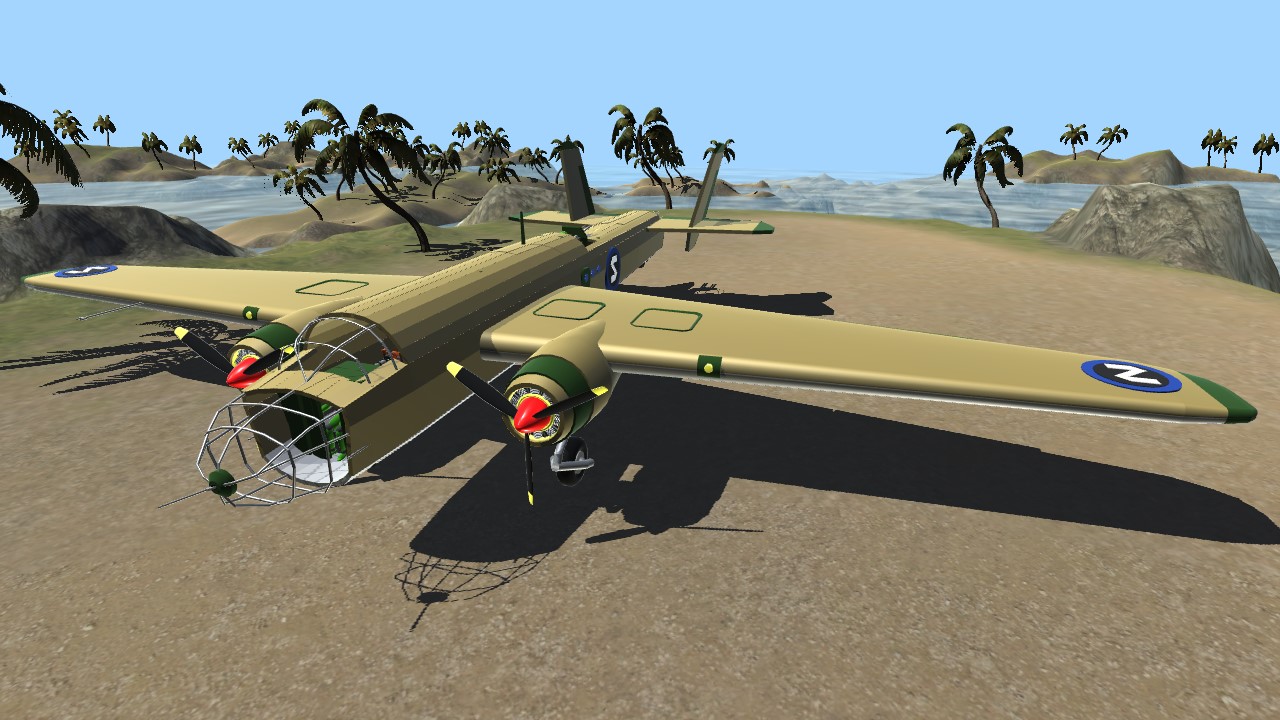
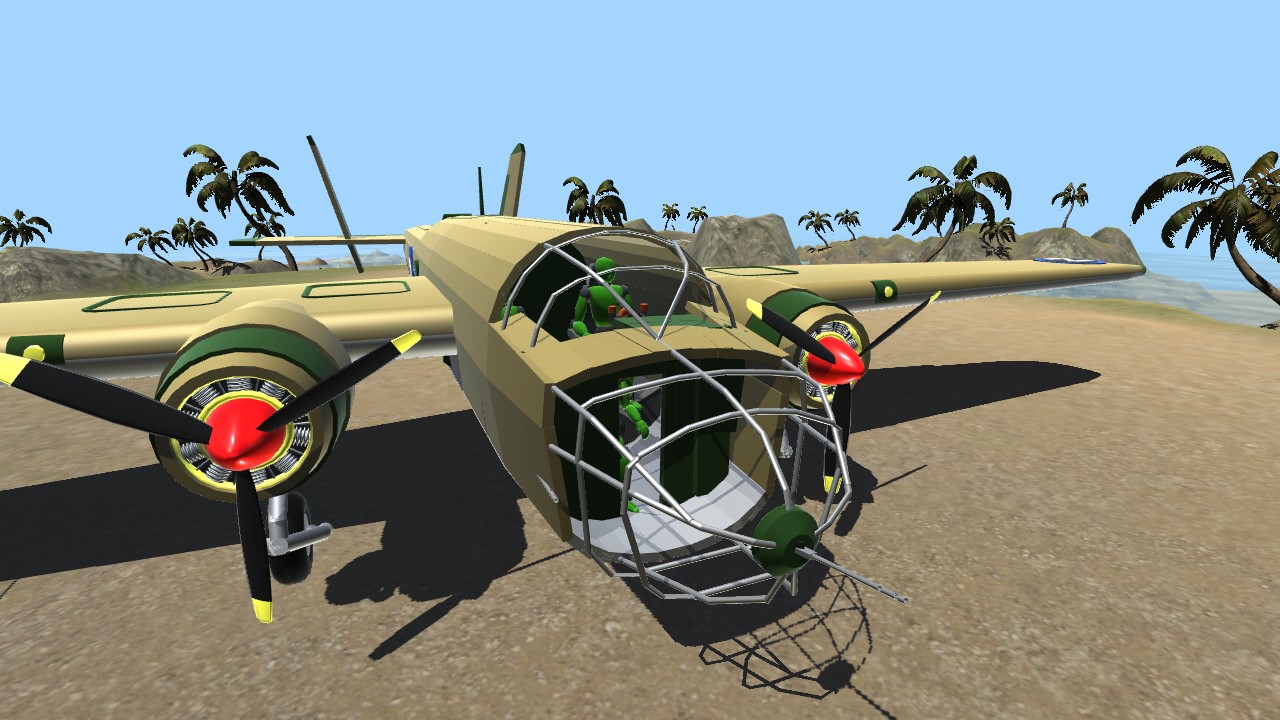
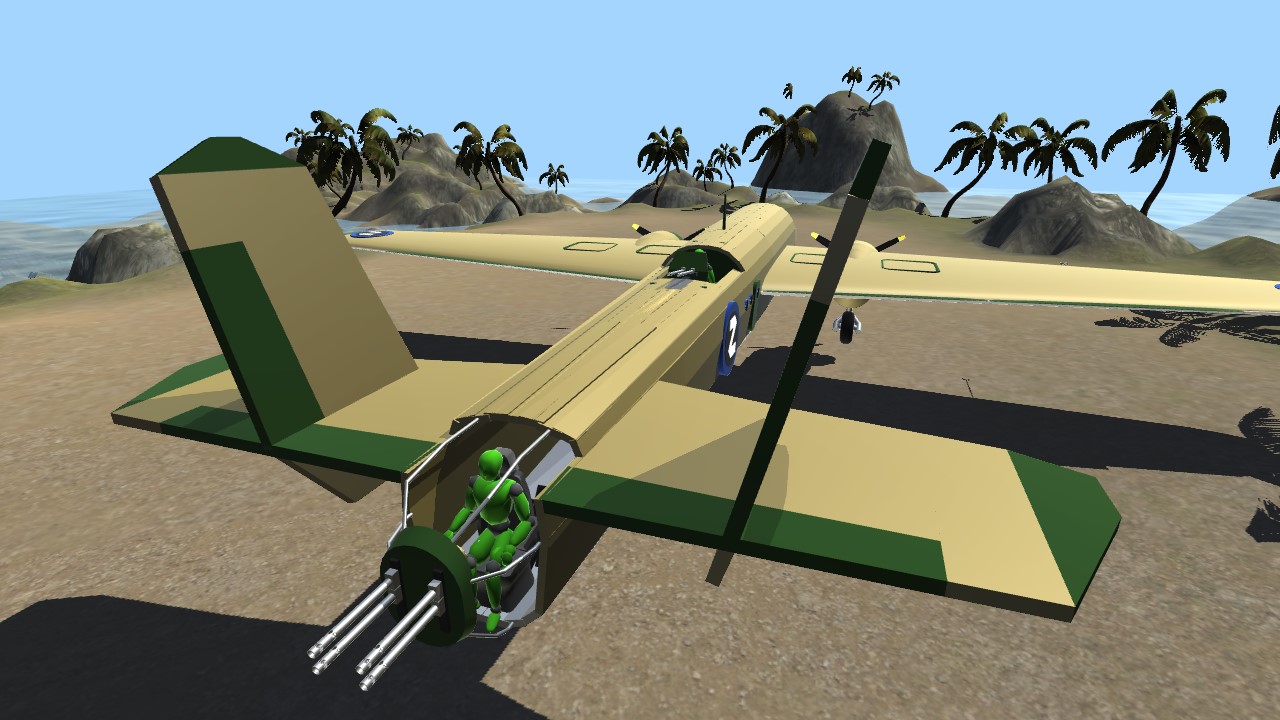
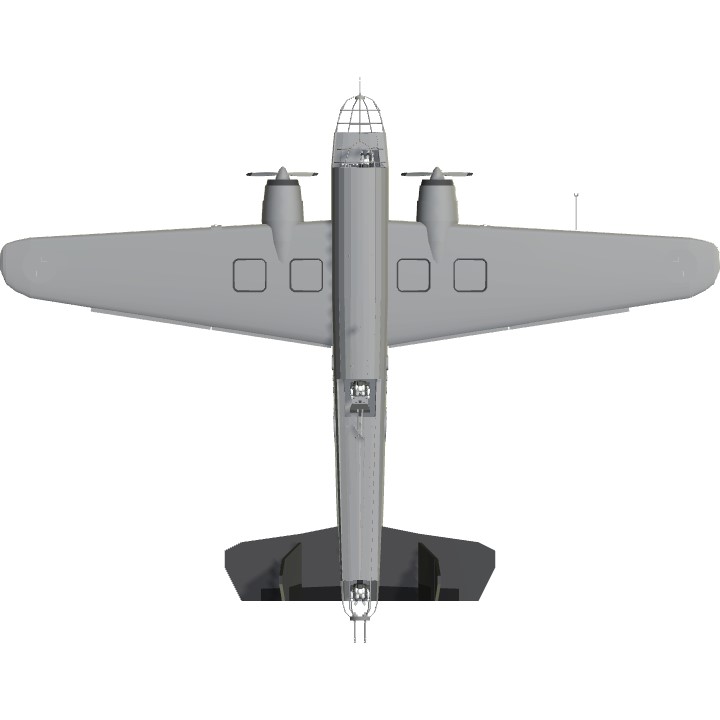
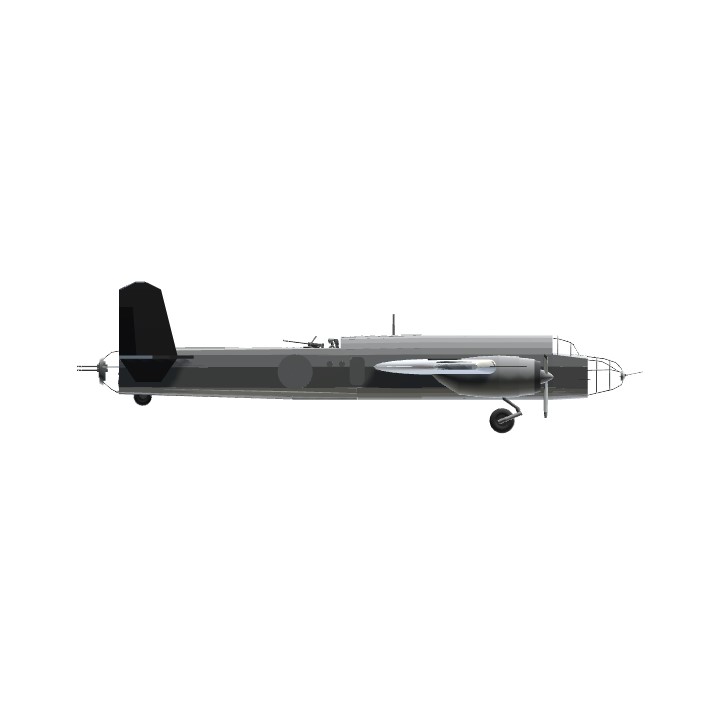
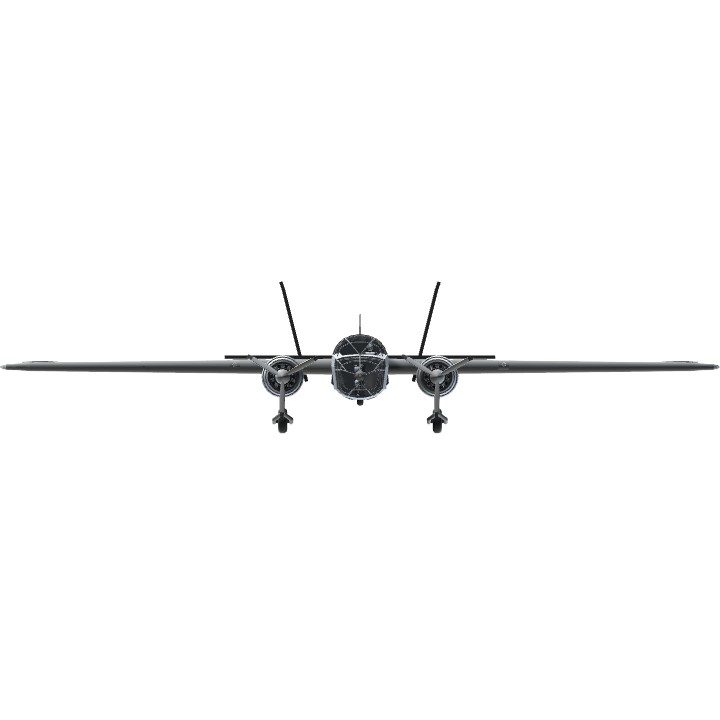
Funny how the tank builders can NOT make airplanes even if they wanted to, but they make tanks like masters of no ones business!,!
@MrDoolittle XDDD
Lol when it still says description coming soon the next day.
@Thefrenchdude22 aucun problème !
@maus6521 j'ai discord si tu veux :D
@Thefrenchdude22 je suis trop con j'avais oublier merci ! moi aussi j'utilise ce mods dit moi çi tu a un teamspeak ou un truc car va voir mon V1 j'ai un souci de rampe de donc çi ta une idée et aussi le centrage , enfin bref çi ta un truc pour parler donne le moi j'ai deux trois questions
@F4f879 thanks !
@maus6521 tu vas dans "gizmos" et en premier t'as les caméras, pour les placer plus précisément, j'utilise le mod "fine tuner" :)
Slt comment a tu ajouter des caméras je ne comprend pas stp / how to add camera please !
Looks good!
@Aarons123 thanks !
Nice fuselage